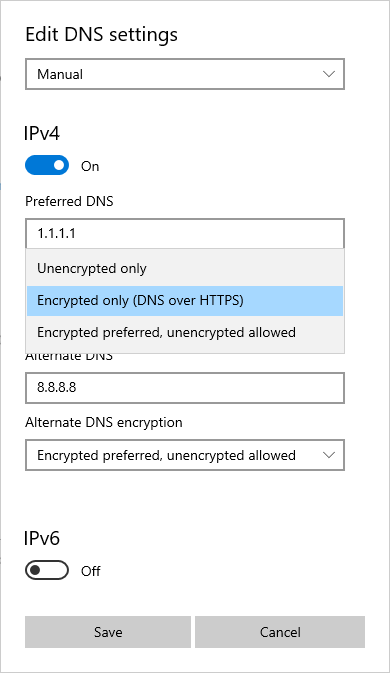Setting Up a Secure DNS Server
Domain Name System (DNS) servers are essential for translating domain names into IP addresses so that users can easily access websites on the internet. However, having a secure DNS server is crucial to protect against various online threats and ensure the privacy of your network. In this guide, we will walk you through the steps to set up a secure DNS server for your organization or personal use.
Choose a Reliable DNS Software
The first step in setting up a secure DNS server is to choose a reliable DNS software. Some popular options include BIND, PowerDNS, and Unbound. Make sure to select software that is regularly updated and has strong security features to prevent DNS spoofing, cache poisoning, and other attacks.
Secure Your DNS Server Configuration
Once you have installed your chosen DNS software, it is crucial to secure the server configuration to prevent unauthorized access and potential security vulnerabilities. Some best practices for securing your DNS server configuration include:
- Restricting zone transfers to authorized servers
- Using strong encryption for DNS traffic
- Enabling DNSSEC for enhanced security
- Regularly updating your DNS software and operating system
Enable DNS Firewall
Another important step in setting up a secure DNS server is to enable a DNS firewall. DNS firewalls can help detect and block malicious domain names, prevent DNS tunneling attacks, and protect against malware and phishing threats. Several DNS firewall solutions are available, such as DNS Firewall by Cloudflare and Quad9.
Monitor DNS Traffic
Regularly monitoring DNS traffic is essential to detect any unusual activity that may indicate a security breach or DNS attack. Make use of DNS monitoring tools and software to analyze DNS queries, monitor traffic patterns, and identify potential threats in real-time.
Implement DNS Threat Intelligence
Lastly, consider implementing DNS threat intelligence to enhance the security of your DNS server. DNS threat intelligence services provide real-time threat data, blacklists of malicious domains, and information on emerging DNS threats to help you proactively defend against cyber threats.
By following these steps and best practices, you can set up a secure DNS server to protect your organization’s network and ensure the privacy and security of your online activities. Remember that securing your DNS server is an ongoing process, so stay vigilant and regularly update your security measures to stay ahead of evolving cyber threats.
